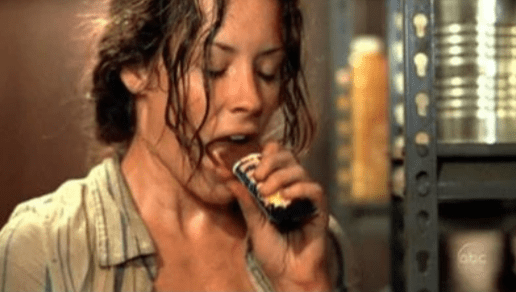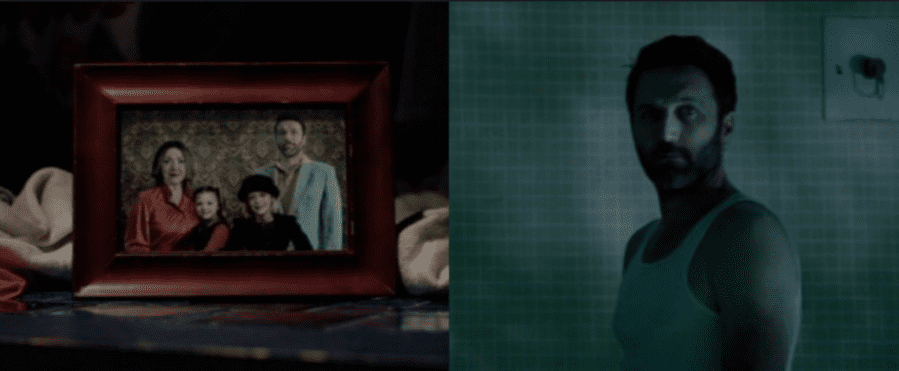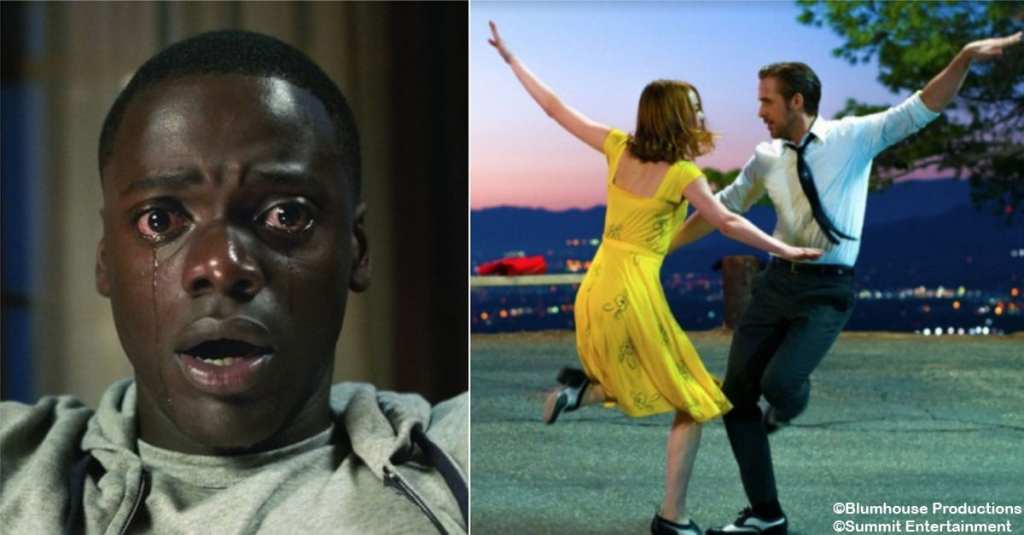Everyone watches films and TV shows differently. Some people just take everything at face value and escape reality for a couple hours, and others study each and every frame for hidden texture.
And the truth is, movies and TV shows these days are a mixed bag. Some work on a lot of levels and contain loads of impressive symbolism, while some are just straight-up, old-fashioned mindless entertainment.
These 5 films and one TV show definitely belong in the first category. Even if you’ve seen them, you probably didn’t pick up on all the hidden messages going on. Read on below to see if you picked up on these impressively well-conceived details.
ATTENTION: MAJOR SPOILERS AHEAD!
1. Get Out is chock full of symbolism
The 2017 horror film Get Out was a huge surprise hit, and it made us all look at race and American culture in a fresh way. But there is a whole lot going on beneath the surface of this movie. The idea of the film is that black people are reprogrammed and take on the personalities of old, rich (boring) white people.

Photo Credit: Blumhouse Productions
The only way the overtaken black folks can temporarily snap out of their mind-control trance is when their picture is taken with a camera phone – it seems like it’s the flash that does it. It may seem like a simple device, but it’s actually a statement on police brutality and violence against black people in America. If everyday people weren’t documenting this violence independently through the lenses of their cell phones, many people would likely not even be aware of the epidemic. So, while a cell phone in Get Out doesn’t solve the problem, it is a defense against a corrupt system.
2. Professor X’s house
Another film from 2017, Logan, made a subtle statement that viewers likely overlooked. In the movie, Professor Xavier has gone from living a comfy, luxurious life to residing in a decrepit, toppled-over water tower.
Professor X is definitely on the downslide in Logan, but his run-down water tower dwelling is also a reference to the earlier X-Men films – specifically Cerebro, the device the Professor uses to detect mutants. The disastrous state of the water tower is a symbol for Cerebro, but where Cerebro contained a massive starfield, the water tower is broken down and full of holes, giving us a glimpse into Professor X’s state of mind.

Photo Credit: 20th Century Fox
And the symbolism is even ratcheted up a notch. Logan implies that the Professor accidentally killed all of the X-Men, and the holes in the water tower are a reference to the lack of mutants in the world. The bright stars in the starfield of Cerebro have been replaced by holes…only holes. Chew on that one…
3. The candy bar in Lost
If you watched the hit TV series Lost, then maybe you picked up (or maybe you didn’t) on the Apollo chocolate bar that showed up throughout the years. But what the hell did it mean? It’s a candy bar for chrissakes.
Hang on for this one: the candy bar is a metaphor for the magic of the island. Yes. Apollo is the Greek god of prophecy and sunshine (among other things), and that candy bar is named after him on purpose. And the Apollo bar keeps making appearances throughout the series.

Photo Credit: ABC
When the character Jacob is first introduced in a flashback, he’s seen handing an Apollo bar to Jack. When Jack is dying, and he goes to hand over control of the island to Hurley, what does Hurley do? He decides to share control with Ben – the two had not-so-coincidentally shared an Apollo chocolate bar back in season 4.
The Apollo bar even makes an appearance in the final episode of Lost. Sawyer has trouble getting the chocolate bar out of a vending machine and Juliet tells him to unplug it, which does the trick. Later on in the episode they unplug a huge stone plug from the radioactive pool and plug it back in, and all is well in the warped world of the island again. Coincidence? I think not, my friend.
4. The Witch
Viewers were very divided about the 2015 horror movie The Witch. Some thought it was too slow, too boring, and that nothing happened. Others thought it was amazing. The historical piece about a New England family in the 1630s and their paranoid delusions about witchcraft left many viewers scratching their heads. But there is one scene early in the movie that may have explained everything.

Photo Credit: A24
The corn that the family is harvesting looks awful and the father is clearly agitated at the state of the crop. The film’s director, Robert Eggers, admited that the fungus on the corn is ergot, a hallucinogenic fungus. Eggers hasn’t come right out and said that the family is tripping their asses off the whole time, but it’s implied. And historians point out that ergot poisoning may have been the root cause behind the hysteria during the Salem Witch Trials in 1692-1693, and many other witchcraft scares across the Western world. So maybe that’s why we see witches in the end and the black goat seems to be running the show in The Witch…
5. It Follows
This one really took me by surprise. I’ve read all about the STD symbolism and how pre-marital sex in It Follows leads to disastrous results. But there’s another angle that’s even more fascinating.
When the monster that changes appearances shows up for the last time, it looks like a bearded guy in his late 30s or early 40s.

Photo Credit: RADiUS TWC
Well, if you paid really close attention, you would have noticed that the same man appears in a family photo that belongs to the main character, Jay. The man is obviously her father, but he doesn’t appear in the film except as the monster who they ultimately kill, which means he’s either dead or has left the family for one reason or another.
There’s also a scene where one of the characters is killed by the monster, who at this point looks like his mom. So it’s possible that It Follows is really about not wanting to turn into your parents, or to grow up at all (which we all know really sucks). And the film might also be about wanting to avoid the mistakes of your parents, which is why Jay’s father is absent throughout the movie and must be killed in the end.
Think about that one for a minute…
6. The colors of La La Land
Color is important in any movie, but in some films the director makes a conscious decision to let color take on meanings far beyond normal.
The 2016 film La La Land used colors to set the scene and to convey the emotions of the characters. Blue represents creativity, and we see Emma Stone’s character Mia wearing blue when she auditions for parts.
Yellow stands for change, and Mia wears a yellow dress when she starts falling in love with Seb, played by Ryan Gosling.

Photo Credit: Summit Entertainment
La La Land characters don red outfits when they deal with harsh, unpleasant realities. Mia wears a red jacket during a particularly bad audition, and Seb wears red when he is humiliated by playing the keytar for only a few bucks.
So next time you sit down to watch a flick, pay attention to the details and the subtext!






